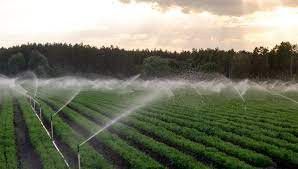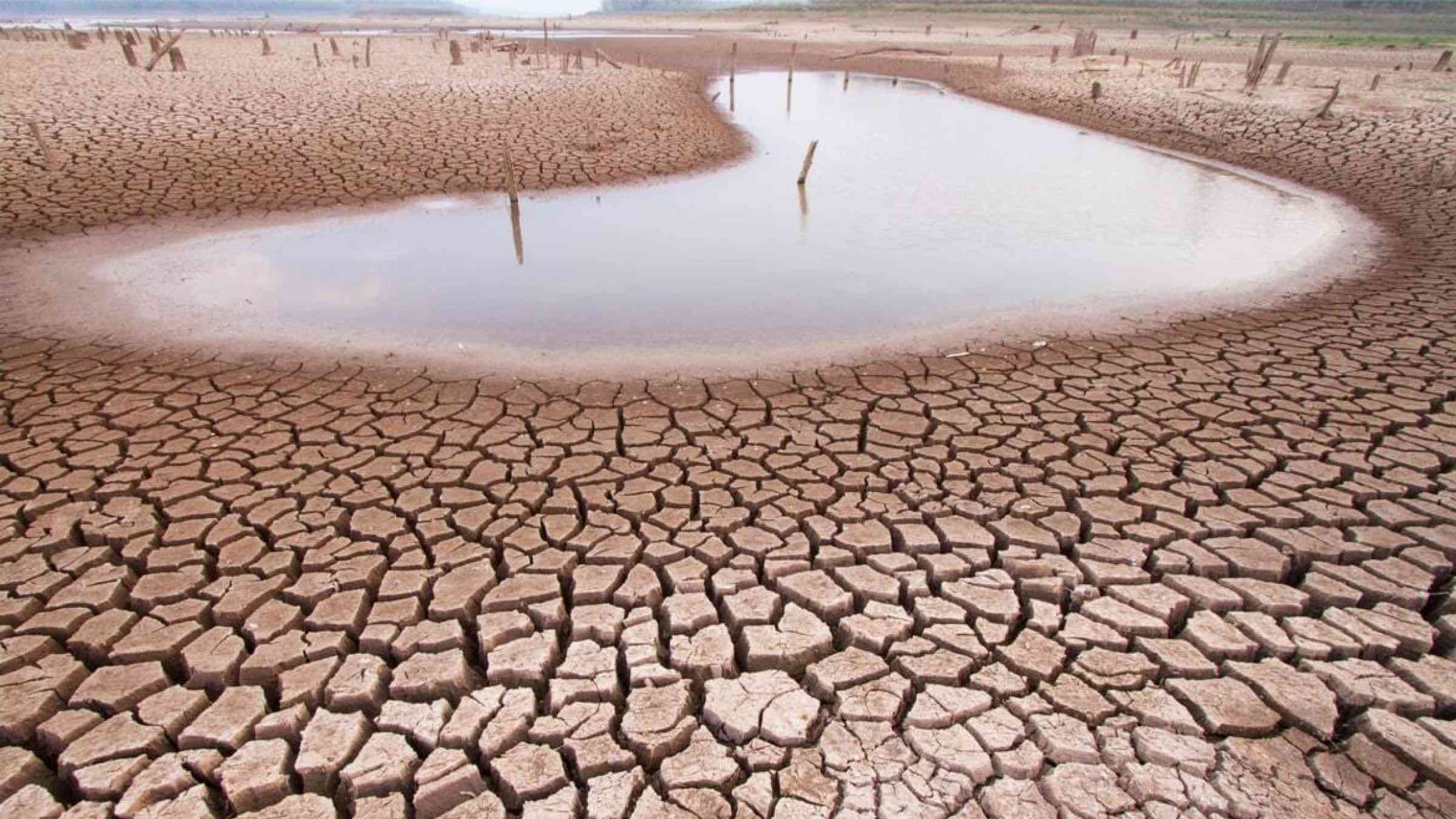
LEGUMES are popular for what they do with nitrogen gas. Nitrogen is essential for all living organisms, as it is a key component of amino acids, proteins and DNA.
However, the availability of nitrogen in the environment is often limited. This is where legumes come into play. Leguminous plants form symbiotic relationships with nitrogen-fixing bacteria, allowing them to convert atmospheric nitrogen into a form other plants and organisms use.
Understanding nitrogen fixation
Nitrogen gas is abundantly present in the air, unfortunately, most plants cannot use this form of nitrogen directly. Legumes, however, establish a mutualistic relationship with nitrogen-fixing bacteria known as rhizobia.
These bacteria reside in the root nodules of leguminous plants and convert atmospheric nitrogen into ammonia through nitrogen fixation. The ammonia is then transformed to nitrate, a more readily available form of nitrogen, which the legume and neighbouring plants can utilise.
Nitrogen-fixing benefits
Increased soil fertility
Legumes, such as beans, cowpeas and groundnuts, are special plants that improve soil fertility. For instance, if a farmer wants to grow maize, the soil in the farmer's field may not have enough nutrients to support a healthy maize crop. But something amazing happens if the farmer plants legumes like cowpeas before or alongside the maize. These legumes work closely with bacteria in their roots, turning nitrogen gas from the air into natural fertiliser.
- COP26 a washout? Don’t lose hope – here’s why
- Out & about: Bright sheds light on Vic Falls Carnival
- COP26 a washout? Don’t lose hope – here’s why
- Out & about: Bright sheds light on Vic Falls Carnival
Keep Reading
As the legumes grow, they release extra nitrogen into the soil. This extra nitrogen enriches the soil, making it healthier and more nutritious for crops like maize. So, when the farmer plants the maize after the legumes, it will have access to this rich nutritious soil, which helps to produce better yields.
This increased soil fertility from legumes also benefits crops like vegetables, sorghum and millet. It helps to create a healthier and more productive farming system, reducing the need for expensive and environmentally harmful chemical fertilisers.
Cover crops
Legumes, such as pigeon peas and lablab beans, can be grown as cover crops between main cash crops or during fallow periods. These cover crops help to protect and improve the soil. For instance, pigeon peas have deep-rooted systems that break up compacted soil, improve water infiltration and reduce erosion. Also, lablab beans, with their fast growth and dense foliage, contribute to weed suppression, reducing the need for herbicides.
Furthermore, the root systems of legumes aid in soil stabilisation by preventing erosion. Their deep and extensive root structures bind the soil particles and reduce the risk of soil loss during heavy rainfall or strong winds. This helps to maintain the integrity and quality of the soil, preventing nutrient runoff and reducing the siltation of nearby waterways.
Crop rotation and nutrient cycling
Subsistence farmers in Zimbabwe use legumes like groundnuts, cowpeas, and soybeans in crop rotation systems. For instance, a farmer may alternate between growing maize and cowpeas. The legume crop benefits the soil by fixing nitrogen, which enriches the soil with essential nutrients.
When maize is planted after the cowpeas, it utilises these nutrients, resulting in better yields without relying heavily on synthetic fertilisers. The legume's deep taproots also help loosen compacted soil, enhancing its overall health.
Legumes contribute to nutrient cycling in agroecosystems. For example, when groundnuts are harvested, the plant residues can be incorporated back into the soil. These residues decompose, releasing nutrients that subsequent crops, such as maize or sorghum, can utilise.
This reduces the need for external inputs and promotes a more sustainable farming system.
Livestock feed
Leguminous fodder crops like cowpeas, lablabs and velvet beans are commonly grown in Zimbabwe to provide nutritious feed for livestock.
These legumes are also beneficial for improving soil fertility, but their high protein content makes them an excellent source of animal feed. By reducing the need for expensive protein supplements or imported feed, farmers can reduce costs and improve the sustainability of livestock production.
Enhanced biodiversity and ecosystem stability
Leguminous plants, such as velvet beans, lablab beans and groundnuts, are vital elements in local ecosystems by providing habitat and food sources for various organisms.
The flowers of legumes attract pollinators like bees, butterflies and other insects, promoting the pollination of nearby plants. This contributes to the area’s overall diversity and abundance of plant species.
Moreover, legumes also nourish many species of animals, including birds, rodents and other small mammals. These creatures consume the seeds and foliage of leguminous plants, relying on them as a critical food source in their diet. Legumes in the ecosystem support a healthy food web, ensuring various organisms have access to sufficient nutrition for their survival and reproduction.
Legumes’ ability to fix nitrogen has a cascading effect on other plants in the ecosystem. As legumes release excess nitrogen into the soil, neighbouring plants can access and utilise these additional nutrients.
This nutrient availability enhances the growth and vigour of non-leguminous plants, contributing to a diverse and robust plant community. This, in turn, attracts a wider range of herbivores and other organisms that depend on these plants for sustenance.
The increased biodiversity resulting from the presence of legumes helps to stabilise ecosystems. It balances predator and prey populations and supports the intricate interactions between plants, animals and micro-organisms. By promoting ecosystem stability, legumes play a vital role in maintaining the health and resilience of the natural environment.
Carbon sequestration
Soybeans, cowpeas and groundnuts contribute to carbon sequestration, which refers to the capture and long-term storage of carbon dioxide from the atmosphere and helps to mitigate climate change.
During photosynthesis, legumes convert carbon dioxide from the air into organic matter. This organic matter, produced through photosynthesis, contains carbon stored in the plant’s tissues, including roots, stems, leaves and seeds. Leguminous plants have high biomass production, so they are effective at immobilising and holding carbon within their structures.
The nitrogen fixation process by legumes is energy-intensive and requires significant amounts of carbon. As legumes allocate a portion of the fixed carbon to the symbiotic bacteria in their root nodules for nitrogen fixation, this carbon becomes effectively sequestered in the soil as organic matter.
When the plant residues of legumes, such as leaves, stems and roots, decompose, carbon is gradually released into the soil ecosystem. Due to the high nitrogen content of leguminous plant residues, the decomposition process can be slower, resulting in prolonged carbon retention within the soil.
The combination of leguminous plants contributing to above-ground carbon storage and enhanced carbon preservation within the soil makes them valuable in mitigating climate change.
By sequestering carbon from the atmosphere and storing it in their biomass and the soil, legumes reduce the levels of carbon dioxide in the atmosphere, thus helping to decrease the greenhouse effect and limit global warming.
Conclusively, the practice of integrating legumes into agricultural systems enhances carbon sequestration. By incorporating legumes in crop rotations or intercropping systems, farmers can increase the overall carbon stock within the system and reduce the net release of carbon dioxide into the atmosphere. This contributes to sustainable agriculture and the efforts to mitigate climate change.
Takudzwanashe Mundenga is a journalist, NSERC-CREATE Climate Smart Soils fellow, and MSc candidate in capacity development and extension at the University of Guelph, Canada. His expertise lies in climate change and soil science communications.











